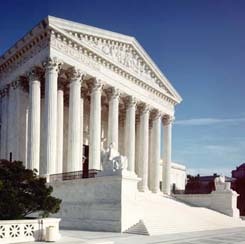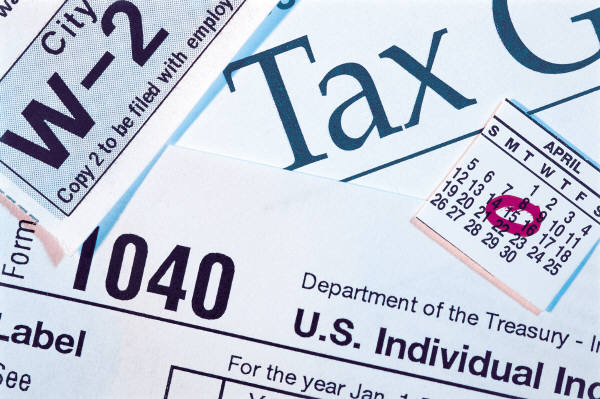
The Supreme Court, part of the judicial branch, was established in the Constitution as the highest court in the nation. The Supreme Court’s most important responsibility is to decide cases that raise questions of constitutional interpretation. The Court decides if a law or government action violates the Constitution. This is known as judicial review. It enables the Court to overrule both federal and state laws when they conflict with its interpretation of the Constitution. Since the Supreme Court stands as the ultimate authority in constitutional interpretation, its decisions can be changed only by a constitutional amendment.
Judicial review puts the Supreme Court in an important role in the American political system. It is the referee in disputes among various branches of the federal, as well as state governments, and is the ultimate authority for the most important issues in the country. For example, in 1954, the Court decision in Brown v. Board of Education banned racial segregation in public schools. The ruling started a long process of desegregating schools and other institutions.
The Supreme Court is made up of nine Justices. One of these is the Chief Justice. They are appointed by the President and must be approved by the Senate. Justices have their jobs for life, unless they resign, retire, or are impeached (removed, as described in the Constitution).
There are no official qualifications for Justices, but all have been trained in the law. Many Justices served as members of Congress, governors, or members of the President's Cabinet. One president, William Howard Taft, was later appointed Chief Justice.
 Print
Print Email
Email







